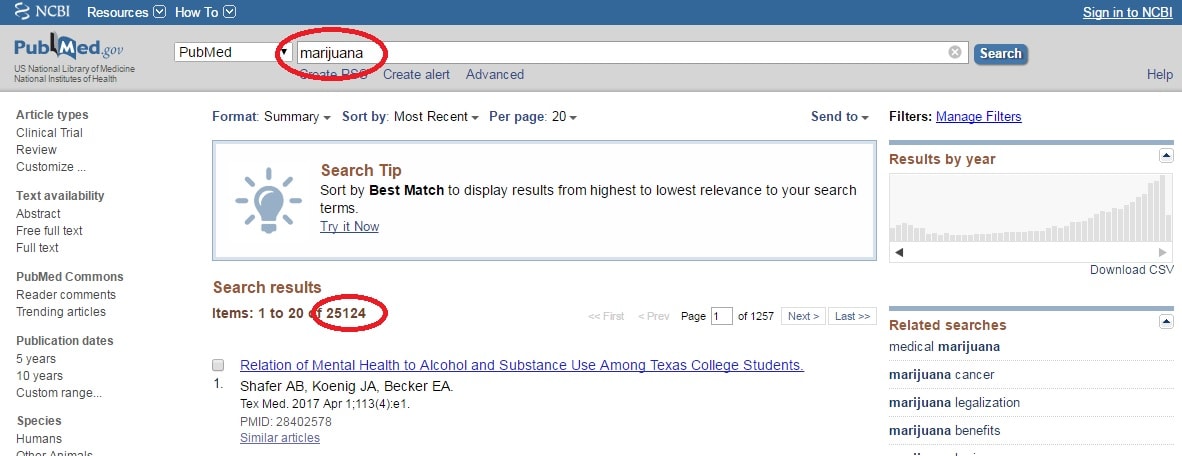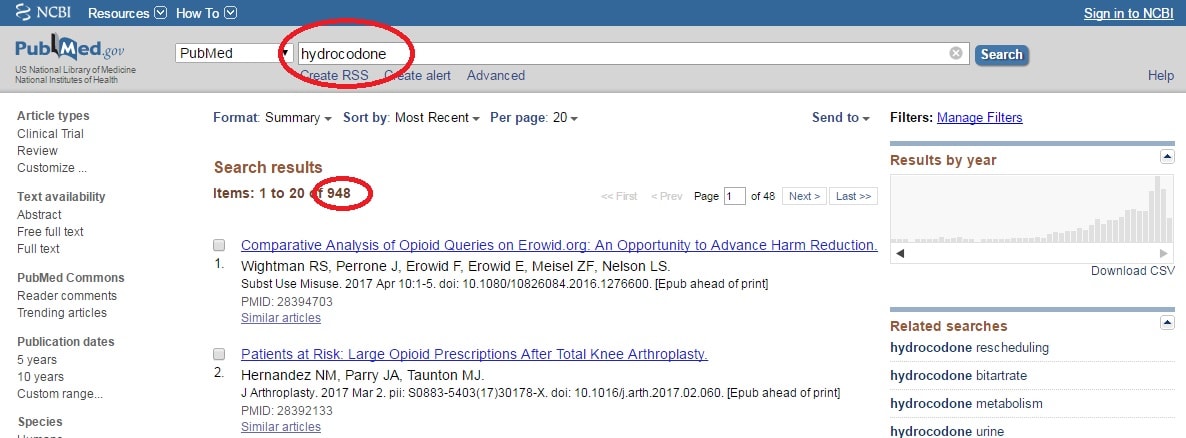Uncle Cliffy Invites League Officials And Owners To Read Cannabis Studies
When it comes to opposing cannabis, one of the ‘go to’ talking points for opponents is that ‘there needs to be more research’ before reform can occur. This is a common talking point for cannabis opponents both inside and outside of professional sports. It is a talking point that, for better or worse, resonates with many people that are on the fence about supporting reform. It is a good thing, in that the need to research cannabis is definitely something that should be supported.
But, it can be a two-edged sword because when people hear the ‘need for more research’ line from opponents, it makes it sound like the cannabis plant hasn’t been studied very much over the years. Opponents know this, which is why they often go to this delay tactic. Calling for more research is a way for an opponent to oppose cannabis reform, while coming across as not necessarily being against cannabis. It helps them avoid direct confrontation and delay the debate.
Opponents who use this tactic are glossing over one very big fact – there is an enormous amount of cannabis research that has already been conducted, and is easy to locate. PubMed.gov houses the online ‘U.S. National Library of Medicine National Institutes of Health’ database. A quick search for the term ‘marijuana’ yields 25,124 returns as of this post, as you can see in the screen shot below:
As you can see from the ‘results by year’ chart in the upper right hand corner of the screen shot, the amount of cannabis research has been growing significantly in recent years – the same years that the ‘need for more research’ claim has been pushed by opponents more and more. To put into perspective how cannabis research compares to other substances, look at the search for one of the most common opioid prescriptions, hydrocodone. As of this posting, a search on PubMed.gov only yields 948 results for research, as seen below:
Toradol, which is widely used in the National Football League (NFL), as described by Eugene Monroe in his article for The Player’s Tribune, only yields 742 results. Even tylenol returns less study results than cannabis (20,540). For league officials to say that ‘there needs to be more research’ is a slap in the face to compassion and logic. As the math itself proves, the cannabis plant has been researched more than substances that are widely embraced by professional sports leagues.
Cannabis is non-toxic, and has been proven to be an effective treatment for all types of conditions and ailments. One study found that cannabis is 114 time safer than alcohol, a substance that is widely embraced by professional sports leagues that prohibit cannabis. The Uncle Cliffy team recognizes that there will always be a need to add to the body of cannabis research that already exists.
However, we also believe that there is clearly enough research and other evidence available RIGHT NOW for league officials to conclude that cannabis prohibition has failed, and that allowing players to use cannabis is a smart, safe move. The Uncle Cliffy team invites league officials in professional sports leagues that prohibit cannabis to take a strong look at the available cannabis research. We have been compiling a list of some of the more relevant cannabis research on this site to make it easier for people to learn the truth about the cannabis plant and how athletes can benefit from its use. That list can be viewed at this link here.
New Study Shows Medical Cannabis Reform Reduces Opioid-Related Hospitalizations
It is no secret that many professional athletes use painkillers at an alarming rate. A study from 2011 looked at retired NFL players and their painkiller use. The study found that 7% of retired NFL players still used painkillers on a regular basis. That’s four times the rate of the rest of society. The statistic is for players that are retired. It’s a safe assumption that the already alarmingly high number for retired players is even greater for current players. An ESPN survey of NFL players put the number at 46%, although that statistic is based off of player views, and not actual tracked usage.
42% of surveyed NFL players stated that they knew a fellow player that had become addicted to painkillers. If those numbers aren’t horrifying enough, consider how widespread the use of the harmful painkiller Toradol was/is in the NFL. Sports cannabis freedom fighter Eugene Monroe provided the following description of a game day ritual in an article he wrote for The Player’s Tribune:
Before kickoff on game day, in NFL locker rooms all over the country, players wait in line to drop their pants. We call it the T Train.
I play for the Baltimore Ravens, and if we’re at home there’s a small office sectioned off from the training room in M&T Bank Stadium that we use. If we’re on the road the visiting locker rooms don’t usually have sufficient space, so we just go to a corner of the training room. The T Train is nothing more than a bunch of really large guys waiting to pull their pants down to get shot in the butt with Toradol, a powerful painkiller that will help them make it through the game and its aftermath.
Instead of an injection, some players opt for an oral form of Toradol. The effects are the same, though, and can last through the next day. Some guys don’t feel any pain for two days. Of course, that’s the point of these drugs — they block out the pain and reduce inflammation. But they also temporarily mask injury. That’s not a good thing if you get hurt during a game — you might need to address your injuries right away. But you feel nothing, so you do nothing.
The NFL is currently facing a lawsuit over its overuse of the painkiller Toradol. Cannabis has been touted by NFL players as being a better alternative to painkillers. When asked in the previously cited ESPN survey which was better for recovery or pain control, Toradol or cannabis, 41% chose cannabis versus 32% that chose painkillers (27% chose neither).
If someone plays a contact sport long enough, they are going to get injured. In some of those cases, the injury will be severe enough that the athlete will need to come up with a pain management strategy. Sadly, many of them will be pushed towards opioids. A growing body of evidence is showing that not only is cannabis a safer, effective alternative to opioids, but that people can actually be weaned off of opioids by using medical cannabis.
A recent study looked at records of hospital discharges during 1997–2014, and found a 13% lower rate of opioid use in states that had legalized medical cannabis. The same study also found a 23% lower rate of opioid-related hospitalizations. It’s because of studies like these that the Uncle Cliffy team promotes cannabis over painkillers. Painkillers are harmful and can even cause death. Cannabis literally has the power to save lives. It’s beyond time that professional sports leagues recognized the facts and quit pushing players towards harmful substances instead of allowing them to make the safer choice.


